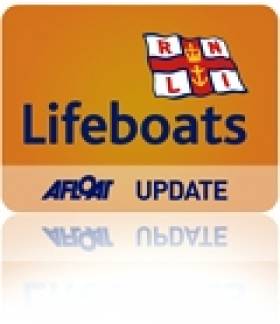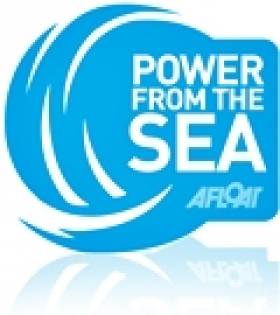Displaying items by tag: tidal power
Scottish Firm Seeks New Funding For Belfast-Built Tidal Turbine
#SeaPower - A Scottish tidal energy company is launching a new round of funding to commericalise its developments in Orkney, as HydroWorld reports.
Scotrenewables has appointed Aberdeen-based financial advisors Simmons & Company International to lead the investment process after successful testing over the last year of its SR2000 2MW floating turbine, built at Harland and Wolff in Belfast.
The grid-connected device has reportedly supplied up to 25% of Orkney’s power demands at times, with recent figures hitting 20MWh per day. HydroWorld has much more HERE.
Crash With Turbine Caused Strangford Lough Yacht Dismasting
#RNLI - A collision with a tidal turbine was to blame for the incident that caused the dismasting of a yacht in Strangford Lough on Sunday 9 June.
As reported yesterday on Afloat.ie, Portaferry RNLI's lifeboat crew was dispatched to the stricken yacht in the narrows of Strangford Lough close to the SeaGen water turbine.
The local RNLI press office confirmed that three men and a teenage boy were on board the 37ft yacht at the time - though BBC News says that only three people were rescued, including a child.
The SeaGen installation in Strangford Lough was accredited by Ofgen as Britain's first tidal power plant, as previously reported on Afloat.ie.
Scotland To Host World's Biggest Tidal Power Array
Scotland's west coast will be home to the world's largest tidal power facility, it has been announced.
The £40 million (€45.9 million) 10MW tidal array, to be developed by ScottishPower Renewables in the Sound of Islay, will generate power for more than 5,000 homes.
Scottish Cabinet Secretary for Finance John Swinney, who signed off on the deal, described the project as "a milestone in the global development of tidal energy".
"Scotland's seas have unrivalled potential to generate green energy, create new, low carbon jobs, and bring billions of pounds of investment to Scotland," he said.
The project comes in tandem with the consultation process for the Scottish government's National Marine Plan, intended to highlight the best opportunities for investment across all marine industries.
Energy & Environmental Management has more on the story HERE.































































